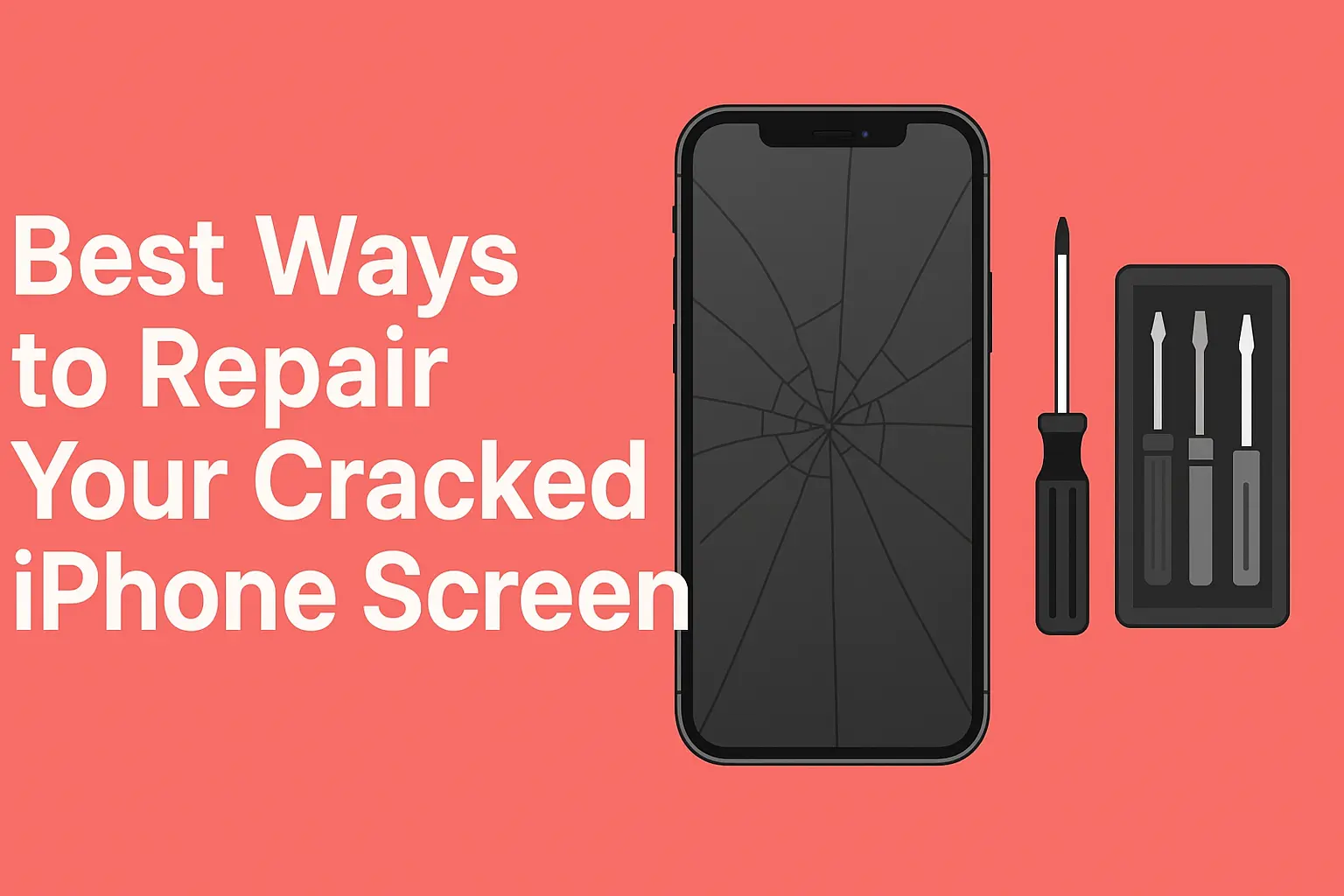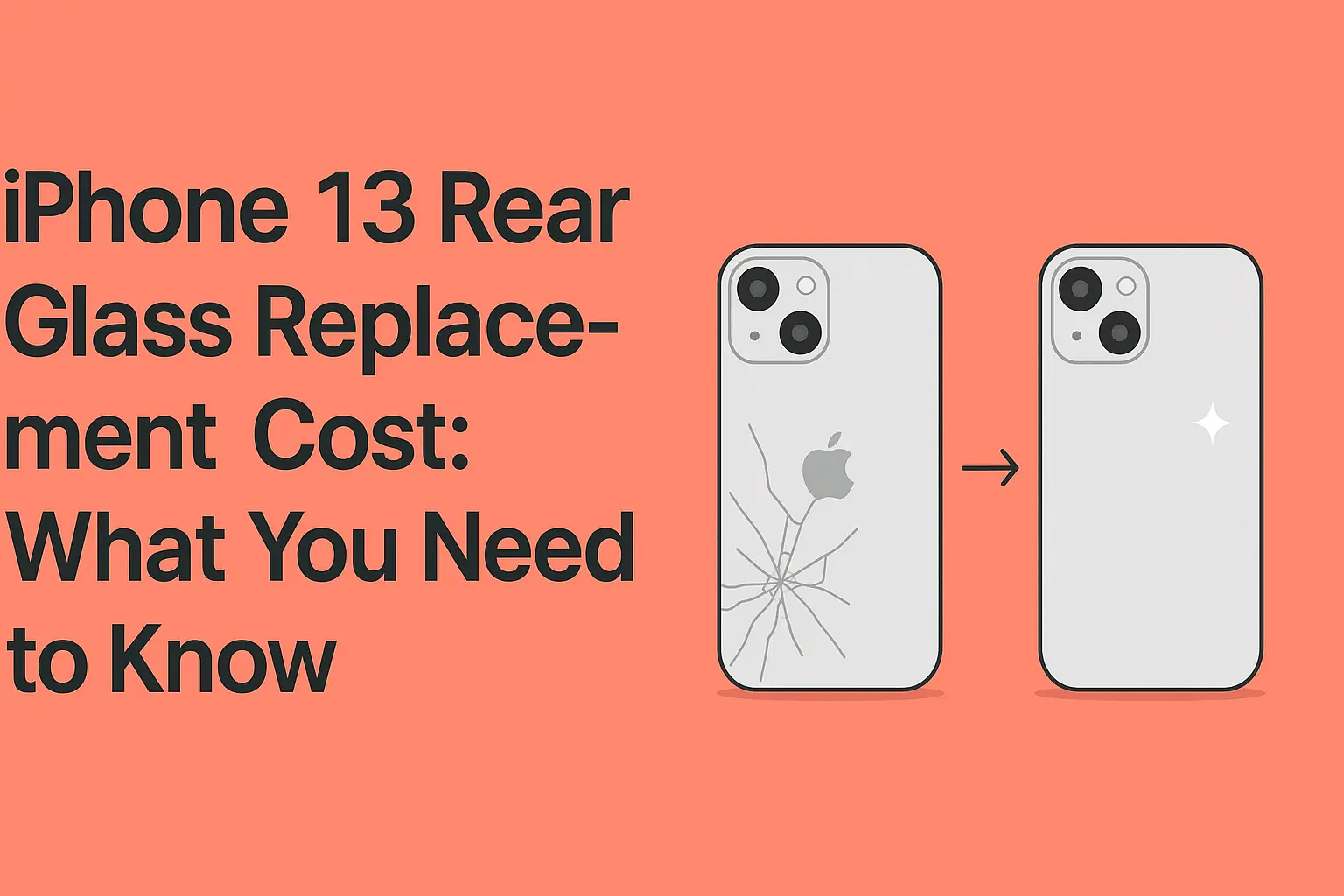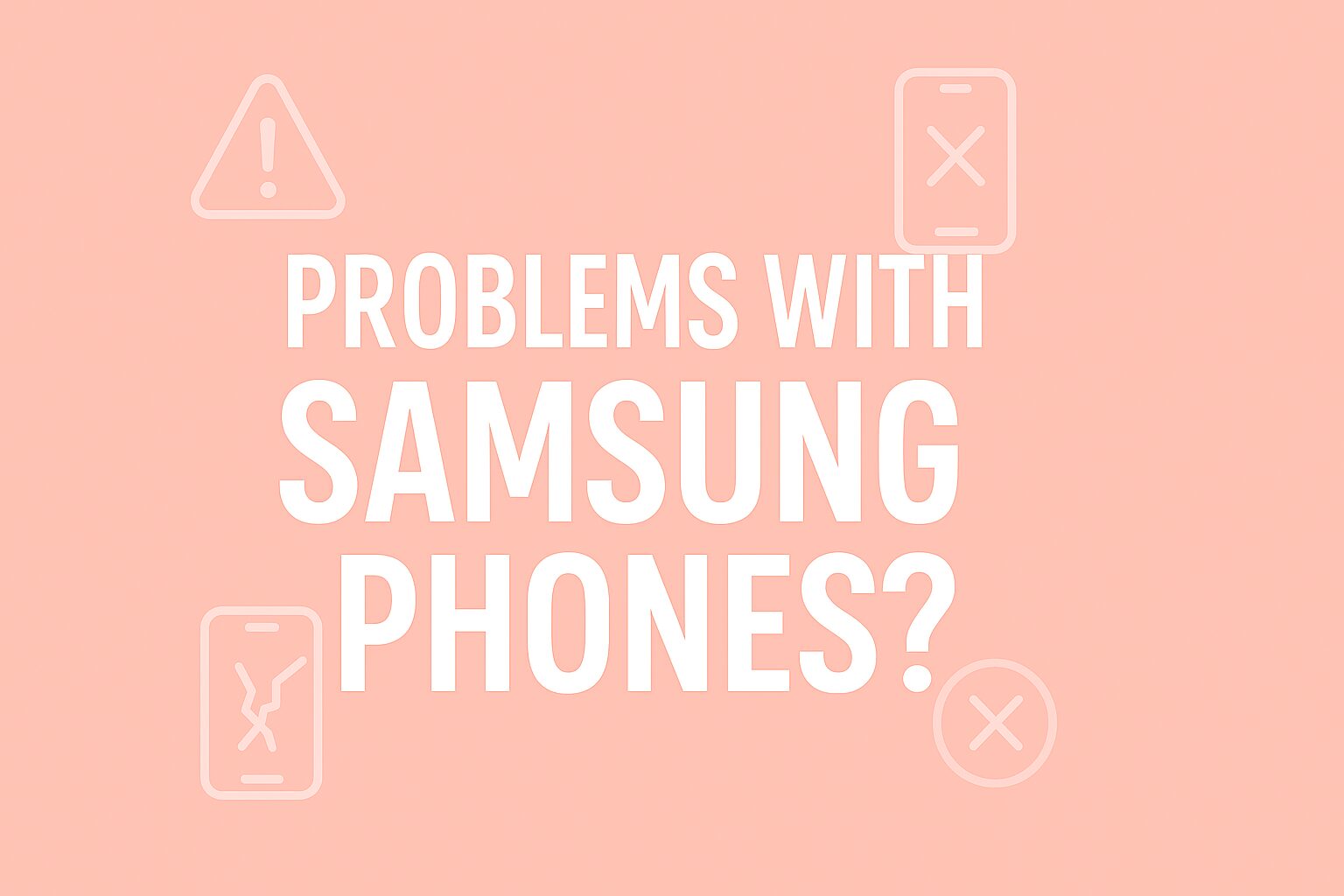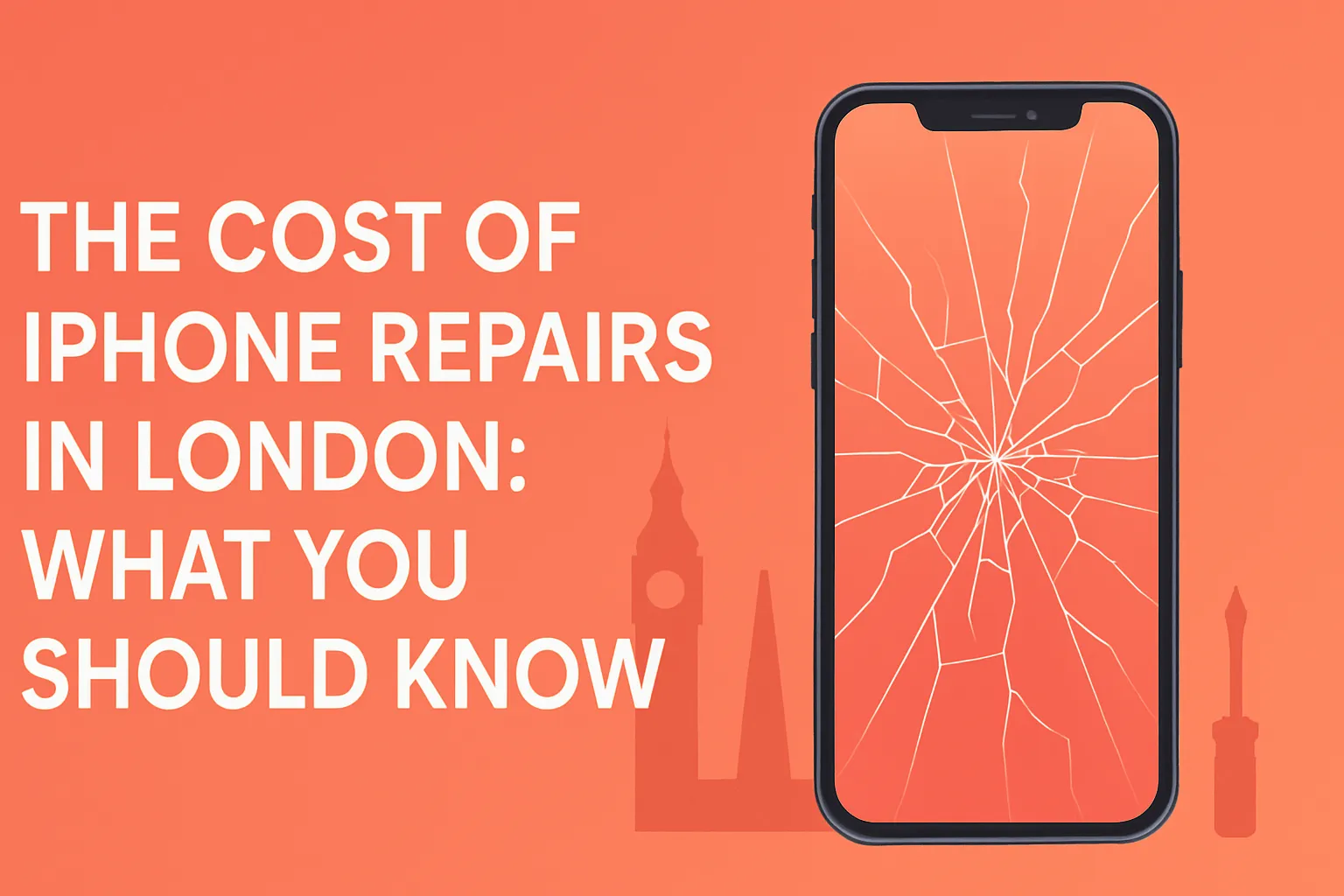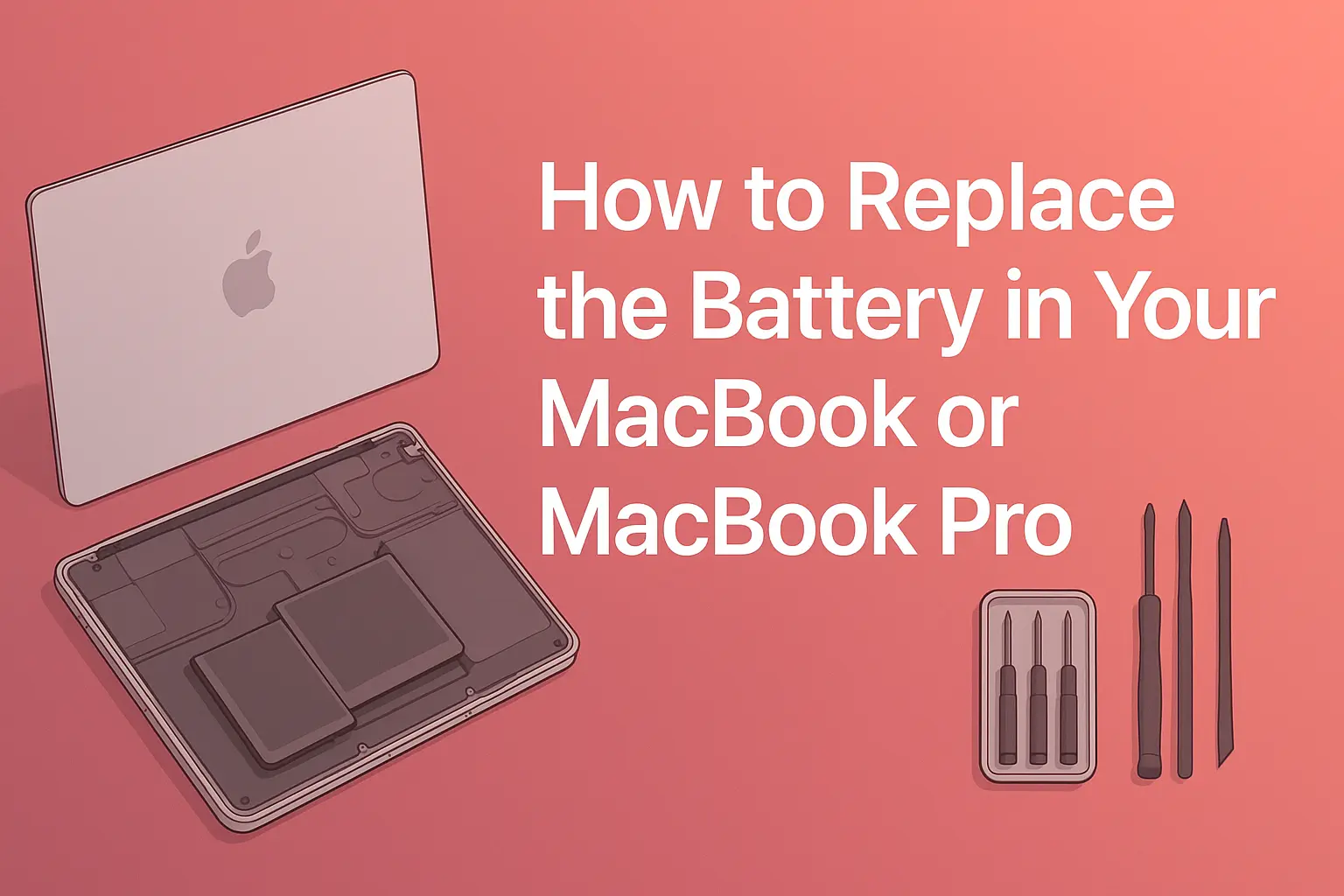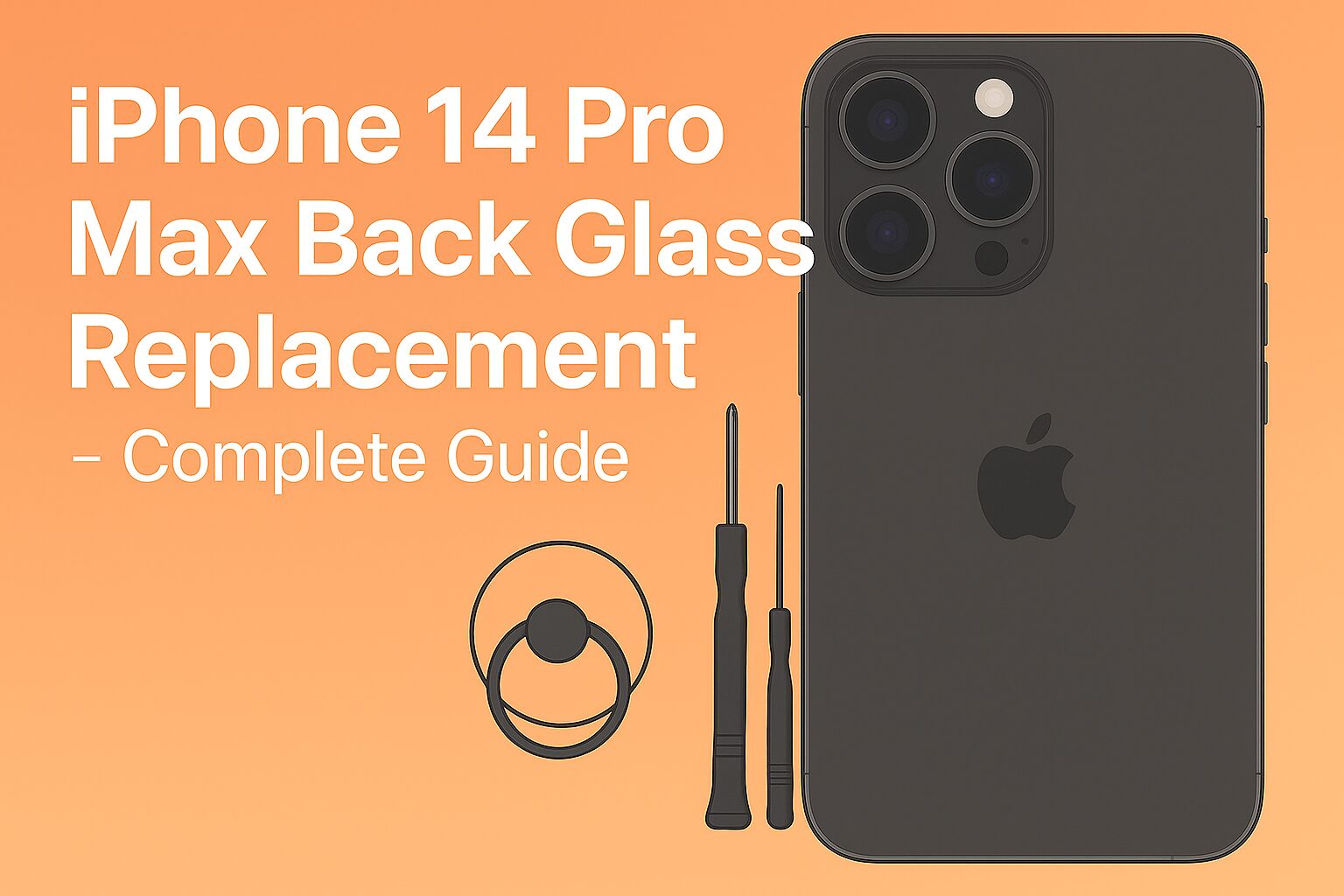A Look Back at the Mobile Phone’s Evolution
The history of mobile technology can only be described as phenomenal. From bulky devices that could barely fit in a bag to today’s sleek smartphones with powerful computing capabilities, the cell phone evolution reflects human innovation at its finest. It is important to understand how all this came about so that we end up taking all these gadgets so dearly.
The Origins of Mobile Communication
The novel sets off at the beginning of the 1970s. The first mobile handset was introduced in 1973 by Motorola, weighing over a kilogram and offering only 30 minutes of talk time after a lengthy 10-hour charge. It was more of a representation of technological aspiration at the time rather than a handy everyday piece of equipment.
At that time, they only had calls, and they could not be very mobile. Still, the launch marked the beginning of the history of mobile phones from 1973 to 2017, which saw incredible leaps in size, battery life, and functionality.
First Mobile Phones in the UK
In 1985, the UK saw the start of its mobile revolution when Vodafone made its first call using the Transportable Vodafone VT1. These first mobile phones in the UK were expensive, large, and mainly accessible to business professionals or the wealthy.
The introduction made a breakthrough in the cultural and technological sense and this created an opening of new opportunities in communication. The greater networks subsequently resulted in its swift adoption, and in the early 90s, the small and low priced variants came into place, eventually giving rise to the current services like iPhone repair that ensure these devices can still perform their duties at optimum levels.
Mobile Phones from 2000: A Decade of Rapid Change
The early 2000s marked a turning point in cell phone evolution. Companies started coming out with skinnier models that had longer battery life and a color screen. Some of the notable trends in mobile phones from 2000 include:
- The emergence of flip phones and slide designs brought forth more style and portability.
- The innovation of ringtones, which are polyphonic and personalized wallpaper.
- Built-in cameras were commonplace, and the way people captured things was evolving.
- It is getting very popular through instant messaging using SMS and MMS.
- Not being able to enjoy WAP and GPRS internet during early childhood.
This period transmutated the phone to an instrument of multiple uses, which also became a personal appendage.
The Smartphone Revolution
In 2007, the first iPhone came, and it changed how people thought about phones. Before, phones were simple. But then, the iPhone had a touchscreen, an app store, and a fast brain inside. So, little by little, and then very fast, it made the old style of phones go away.
The Smartphones combined the capabilities of other devices that people needed to carry around, such as cameras, GPS, MP3 players, and even payment systems, in one small device. This was a pivotal stage in the history of mobile phones, from 1973 to 2017, marking the transition from communication tools to pocket-sized computers.
Key Milestones in the History of Mobile Phones 1973 to 2017
Over the decades, several developments shaped the cell phone:
- 1973 – First mobile handset introduced by Motorola.
- 1985 – First mobile phones in the UK launched by Vodafone.
- 1992-Mattress, Irem’s first sms.
- In 2000, the very first camera phone was launched in Japan; it was Sharp that did the work.
- Apple introduced the first iPhone in 2007, completely transforming the mobile phone industry.
- 2010s – The speed of receiving data ramped up through the spread of 4G networks.
These are the milestones that show the rapidity with which innovation has progressed, with every jump bringing new possibilities.
Cultural Impact of Mobile Phones
Alongside the technical advances, mobile equipment changed society. They have even influenced the trend of communication, business activities, and social lifestyles. Instant messaging killed the culture of writing letters, the social media apps created a network that linked all the individuals of the earth to communicate and mobile payments altered our method of spending. Such usage levels have made repairs, such as a Samsung phone repair, a necessity to ensure a smooth running of devices in our everyday lives.
The first mobile phones in the UK were rare and exclusive, but today, smartphones are essential for almost everyone, blurring the line between necessity and luxury.
Design and Functionality Improvements Over the Years
When comparing mobile phones from 2000 to today’s devices, the changes are striking:
- Size and weight: Shrunken in size in the beginning, with bricks that are heavy and pocket-friendly models.
- Screen quality- Back to monochrome displays, to large resolution OLED screens.
- Connection- 1G analog to 5G very high data rate.
- Battery life- Hours or days of use when fully charged (except in a few cases, where the power requirements are large).
This process of perfecting exhibits that, though the idea of the phone has existed, its implementation has been progressive.
The Future of Mobile Technology
While our look back spans the history of mobile phones from 1973 to 2017, the story is far from over. The future trends will be represented with the use of foldable displays, AI-based personalization, and the further adoption of integration with wearable technology. Next-generation phones could have a greater emphasis on being environmentally friendly with materials that are non-hazardous and energy-consuming components that are eco-friendly.
Why Understanding the Evolution Matters
Appreciating the cell phone evolution isn’t just about nostalgia—it’s about recognizing the ingenuity that drives modern technology. It also assists in the realization that the technical demands of the users, trends in the market, and advancements in electronics still influence the devices that we carry every day.
You Can Also Read This: History of Mobile Phones and the First Mobile Phone
Conclusion
From the debut of the first mobile phone in 1973 to today’s slim and powerful smartphones, the progress has been marked by continuous innovation. The history of mobile phones from 1973 to 2017 tells a story of technological ambition, cultural change, and relentless improvement. Here, at IRepairZone, we witness the fruits of this evolution daily, as we assist our clients in ensuring that their new-fangled gadgets are maintained in tip-top shape and thereby eligible to continue enjoying the fruits of decades of innovation.

